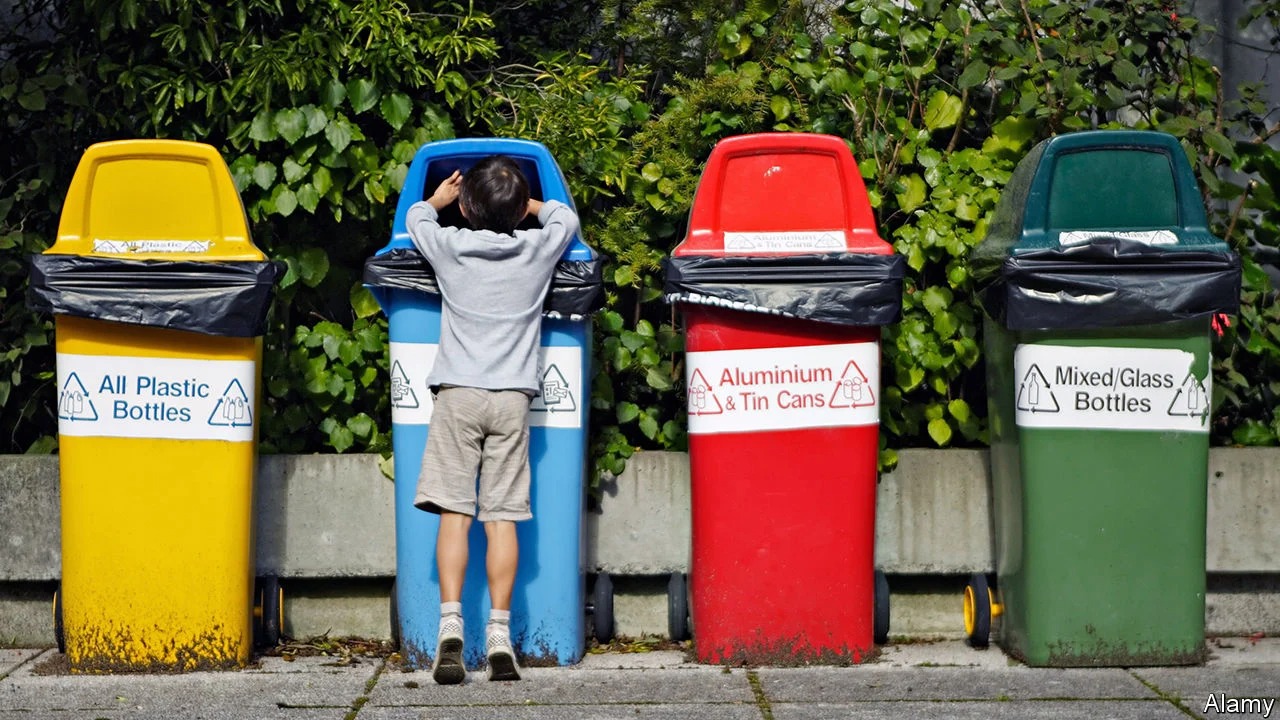In developed countries, RRR has been promoted by policy reforms, regional coordination, and innovative governance structures.
Over 73% of residents surveyed believed that waste segregation at source is essential for reducing waste. However, most would prefer a package of interventions that includes financial returns from collecting and recycling solid waste rather than providing physical facilities alone.
Recycling
Recycling is one of the most widely known and essential aspects of sustainable waste management. It not only reduces the need for raw materials, but it also conserves energy and resources. It also helps protect the environment and planetary health, avoiding pollution and landfills. Landfills are bad for the environment, contaminating soil and water and contributing to greenhouse gases like methane.
Separating recyclable materials at your workplace is a good idea, and waste collectors often require it. Generally, it is best to separate paper, plastic, metal, and glass. However, further separating your recycling into different categories may be necessary depending on your business type.
The first step is to list all the potential recyclables in your company. Then, ensure everyone knows what can be recycled at work and that bins are clearly labeled. It’s also a good idea to train employees and provide them with the tools they need to do their part, such as induction and toolbox talks.
Many things can be recycled, including paper, plastics, glass, aluminum, tin, and foil. Ensuring all items are clean and dry before they are placed into the recycle bins is essential. This is because soiled materials cannot be recycled and can contaminate other materials that are supposed to be reusable.
Mixed General Waste
Keeping dry, non-biodegradable waste separate from wet, biodegradable waste is essential for recycling. It helps recycling companies recycle non-biodegradable waste and dispose of the biodegradable waste directly into the natural environment without contaminating it. This will reduce the amount of pollution in the ecosystem and protect the environment for future generations.
Waste segregation from progressive waste services is essential in public and private establishments. Offices, schools, gyms, and even homes should have segregated bins for different types of waste. Separating the waste allows for efficient collection and recycling and reduces the burden on landfills. This will allow for more sustainable practices in producing products and materials and create new employment sources in cities and towns.
In a healthcare setting, segregation is significant as it will help reduce the total waste costs for hospitals and reduce their carbon footprint. It will also allow for more effective management of infectious wastes. This will be done by separating the clinical waste from general waste.
Kimara residents show a clear preference for any changes that would promote waste segregation, with 84% agreeing that providing physical items to facilitate the process is one of the ways to achieve this goal. However, only 72% of them favor returns from revenue derived from waste recovery to encourage them to engage in the activity.
Hazardous Waste
When a piece of waste is considered hazardous, it has been contaminated with chemicals that could harm human health and the environment. These substances are produced as byproducts from commercial manufacturing processes or discarded household products like paint thinners, cleaning fluids, and old batteries. They can be liquids, solids, or contain gases and sludges.
Keeping these types of waste separate from other waste is essential because it helps minimize the harmful toxins released into the surrounding environment. It also makes it easier to dispose of them safely. Hazardous and clinical waste disposal can be expensive and time-consuming. Getting it right at the source helps to reduce these costs.
Chemical waste includes various substances such as laboratory chemicals, photographic and shop chemicals, cleaning products, paints, copier toners, and batteries. It can be corrosive, toxic, ignitable, or any combination of these characteristics. This type of waste must be separated from nonhazardous and organic waste.
Consolidating hazardous waste streams is essential as it reduces the number of containers to transport, which cuts handling and shipping costs. It also reduces the number of containers that need to be inspected, which lowers compliance liability. However, this is not always easy to achieve, and many people continue to neglect segregation at the source due to a lack of facilities or equipment like bins and a lack of awareness and motivation.
Organic Waste
Organic waste is a large portion of waste. It includes food scraps, soiled paper items, plants, weeds, animal bones and remains, and yard waste. Separating these materials from other waste can help reduce landfills and encourage a circular economy. This type of waste can be composted, used for soil fertilizers, or turned into renewable energy.
However, separating these materials from other waste can be difficult for businesses and households that don’t have suitable systems in place. It’s essential to offer frontline staff the tools to segregate waste efficiently, including clearly labeled and color-coded containers. The team should also be given easy-to-understand resources to reference as they work.
To get people to separate their organic waste, a city began offering brown bins throughout the city in a campaign to cut greenhouse gas emissions and increase recycling. The program has become a model for cities across the United States and worldwide.
The study found that household income does not significantly impact the practice of solid waste segregation at the source. Instead, factors such as awareness, training, the use of social organizations to discuss waste management, enabling policies, sufficient infrastructure, and incentive mechanisms can play a more significant role in encouraging these practices. In addition, residents who separate their wastes at the source can be more easily recruited into community-based organic waste collection projects.
